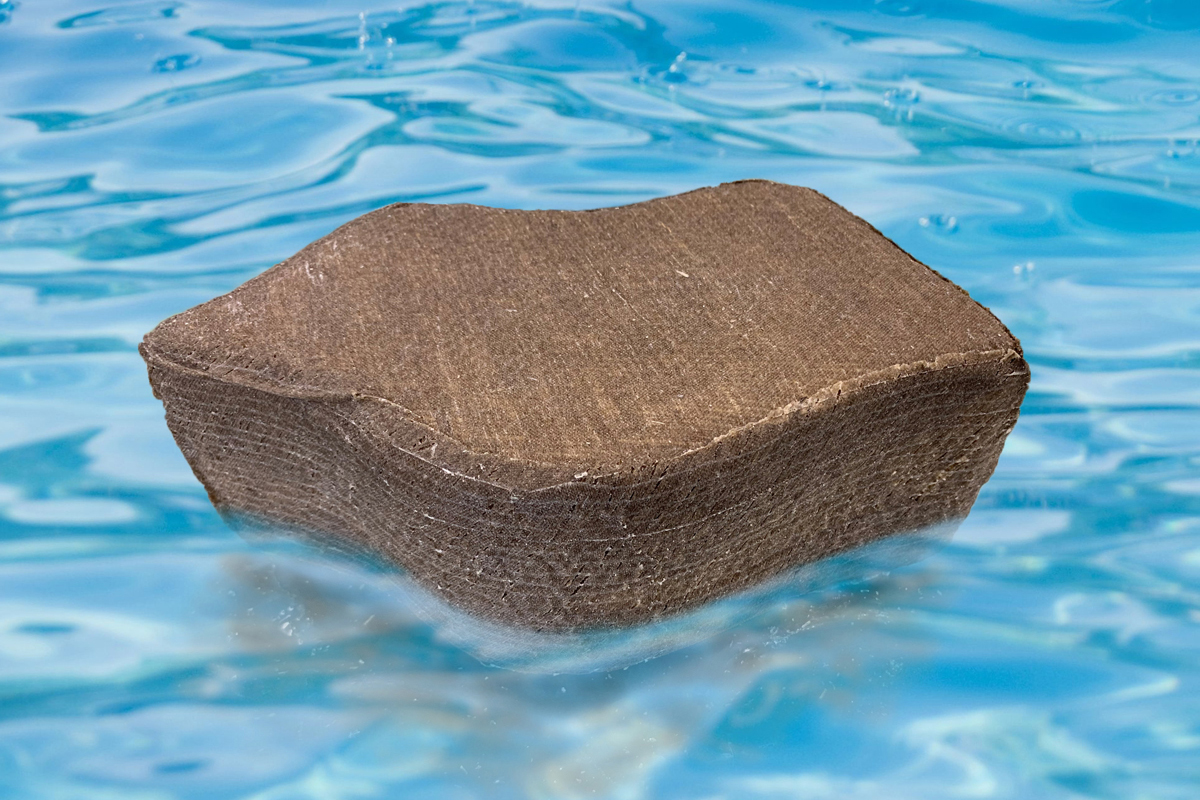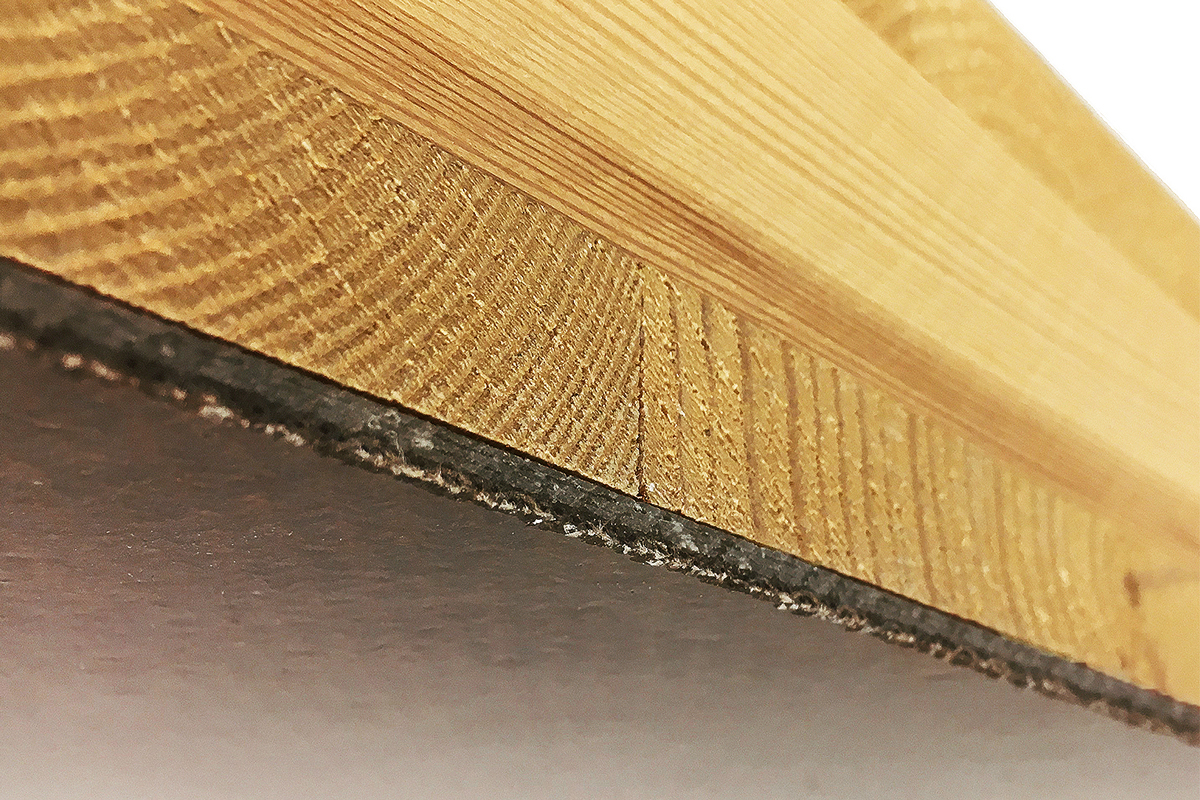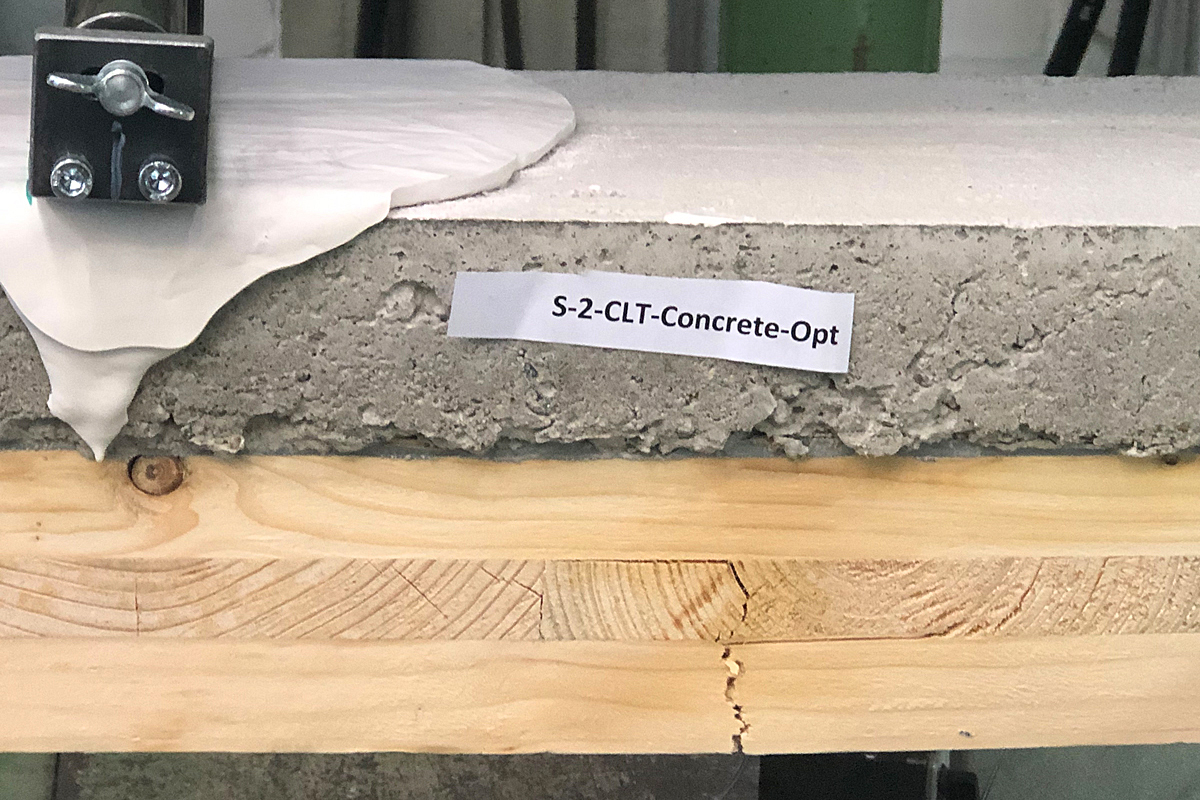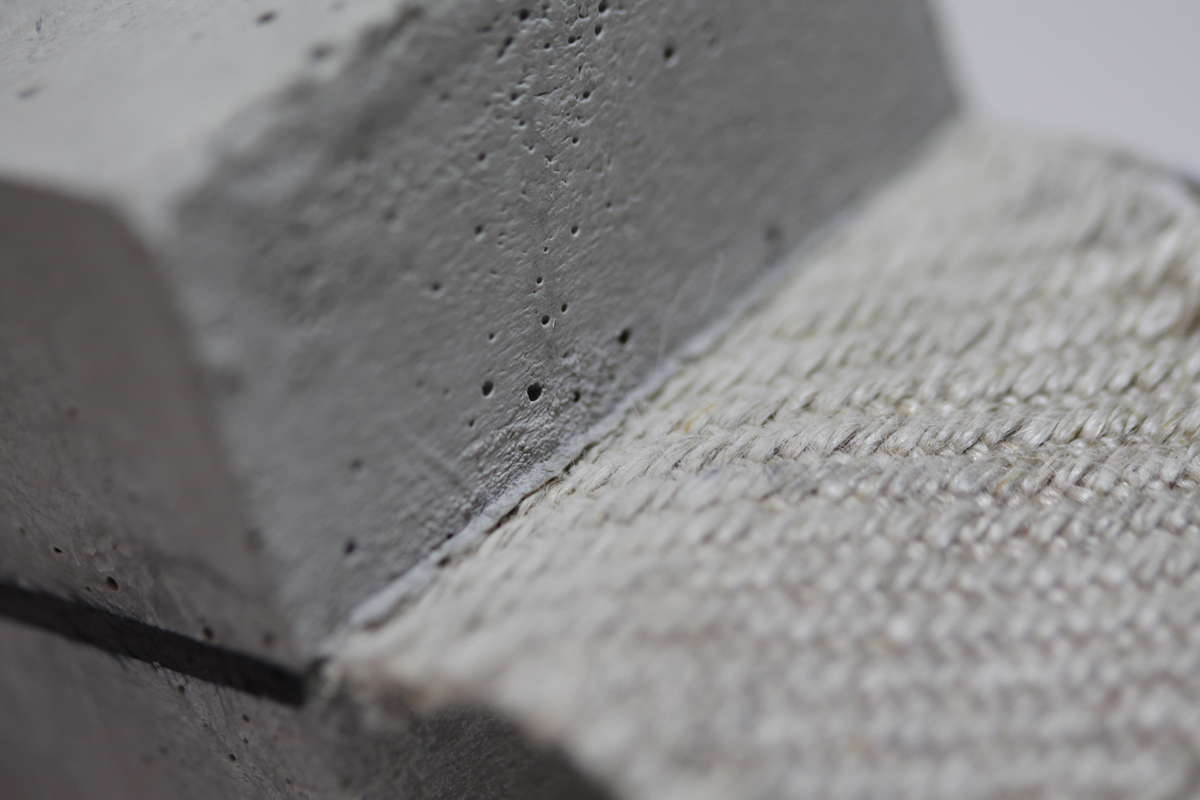How can buildings be constructed in the most resource-efficient, cost-effective and aesthetically pleasing way possible? Hybrid material systems combine the advantages of different building materials. This enables high-performance building elements with outstanding mechanical and structural properties to be produced with minimal material and energy consumption. We develop hybrid material systems with a high proportion of renewable and recycled raw materials. As a result, multi-story buildings in particular could be constructed more sustainably in the future. The slender superstructures simultaneously expand the architectural design leeway.
Hybrid material systems
Research topic
Fiber-reinforced polymer

Fiber-reinforced polymer (FRP) is a composite material composed of a polymer matrix and reinforcing fibers. As a result of its high specific strength and stiffness, it is suitable for a diverse range of applications in the construction industry, for example as a reinforcing component in wooden structures or as an outer shell for lightweight sandwich elements. We develop fiber-reinforced polymers with application-specific properties.
Depending on the application, we utilize thermoset polymers (e.g. epoxy and polyester) or thermoplastic polymers (e.g. polyethylene, polypropylene). For both polymers and reinforcing fibers, our focus is centered on renewable raw materials. We develop fiber-reinforced polymers with bio-based polymers and replace glass and carbon fibers with vegetable and mineral fibers, for example from flax or basalt. We are also conducting research into hybrid solutions in which, for example, two or more fiber types are combined in order to achieve a balanced relationship between mechanical properties, costs and environmental compatibility for the specific application case.
Furthermore, we are also pursuing other approaches in order to specifically improve the performance capabilities of fiber-reinforced polymers. These include the modification of the polymer matrix through the use of additives. We blend-in various types of nanoparticles and test the properties of the fiber-reinforced polymers produced therefrom.
Fiber-reinforced polymer-timber composite

Wood has a relatively high strength-to-weight ratio and additionally offers high adaptability and workability. However, the tensile and compressive strengths of wood vary considerably, which means that its use in load-bearing structures has been limited until now. This disadvantage can be compensated for by combining it with fiber-reinforced plastic. We develop suitable fiber-reinforced plastics and manufacturing processes for fiber-reinforced polymer-timber composite systems (wood-FRP).
One research approach is to incorporate several layers of polymer matrix and reinforcing fabric as a tension component in a wooden structure. We are testing various manufacturing methods for this purpose. High quality and reproducibility can be achieved by vacuum infusion. The hand lay-up process enables in-situ applications. Thus, fiber-reinforced polymer can even be used to reinforce existing wooden constructions, provided that the wooden components are accessible.
Timber-concrete composite systems

We are investigating timber-concrete composite systems (TCC systems) as an alternative to reinforced concrete. They are particularly suitable for use under bending loads, in which high tensile stresses occur on the underside of the composite system, for example in beams or floor slabs. Instead of steel, timber is used to absorb the tensile forces occurring in the composite.
For example, we develop ceiling slabs in which a beam structure is first installed with a top layer of wood-based panels. The top layer is an integral part of the structure and also serves as formwork and possible support for the ceiling. It is coated with an adhesive and then filled with fresh concrete. The concrete layer provides high strength in the compression zone, while the wood absorbs tensile forces. This results in a high bending strength within the compound. Compared with reinforced concrete floors, large amounts of tensile reinforcement and concrete are saved. In addition, TCC systems facilitate processing on the construction site as, in contrast to conventional construction methods, the formwork is not removed after the concrete has hardened.
Cementitious systems

(Steel-reinforced) concrete is a proven building material which, however, has ecological and economic disadvantages. During cement production, chemical processes release large amounts of CO2. The weight and long transport routes also have a negative impact on the CO2 balance. In addition, the raw materials, particularly gravel and sand, are becoming increasingly scarce – and, consequently, more expensive – as a result of the global construction boom. For this reason, we are developing cementitious composites (new types of concrete) that require less material and make use of alternative raw materials.
Conventional concrete consists of cement paste (matrix) and supplements (aggregate). One research approach is the use of synthetic and natural fibers and fabrics as reinforcement for the matrix in order to increase its load-bearing capacity and ductility. Such textile concretes can reduce the consumption of cement and steel. Furthermore, we are also conducting research into how the individual concrete components, from cement and aggregates through to binders and additives, can be replaced by renewable and recycled raw materials. New developments include, for example, lightweight bio-concretes with a matrix on the basis of rice-husk ash instead of Portland cement, and aggregates made from waste-wood chips.
Combination of hybrid material systems
In the pursuit of an ecologically and economically efficient solution, we are also conducting research into how the new hybrid material systems can be meaningfully combined with one another as well as with other types of building materials. As a result, products are being created which include bio-concretes with natural-fiber reinforcement, and masonry bricks made from recycled concrete with integrated insulation made from straw panels.
Wood as the building material of the future – sustainable, sturdy and resilient
In this video, researchers from the Fraunhofer WKI talk about the advantages of hybrid composite systems and show examples from their current research.
© Fraunhofer
 Fraunhofer Institute for Wood Research
Fraunhofer Institute for Wood Research